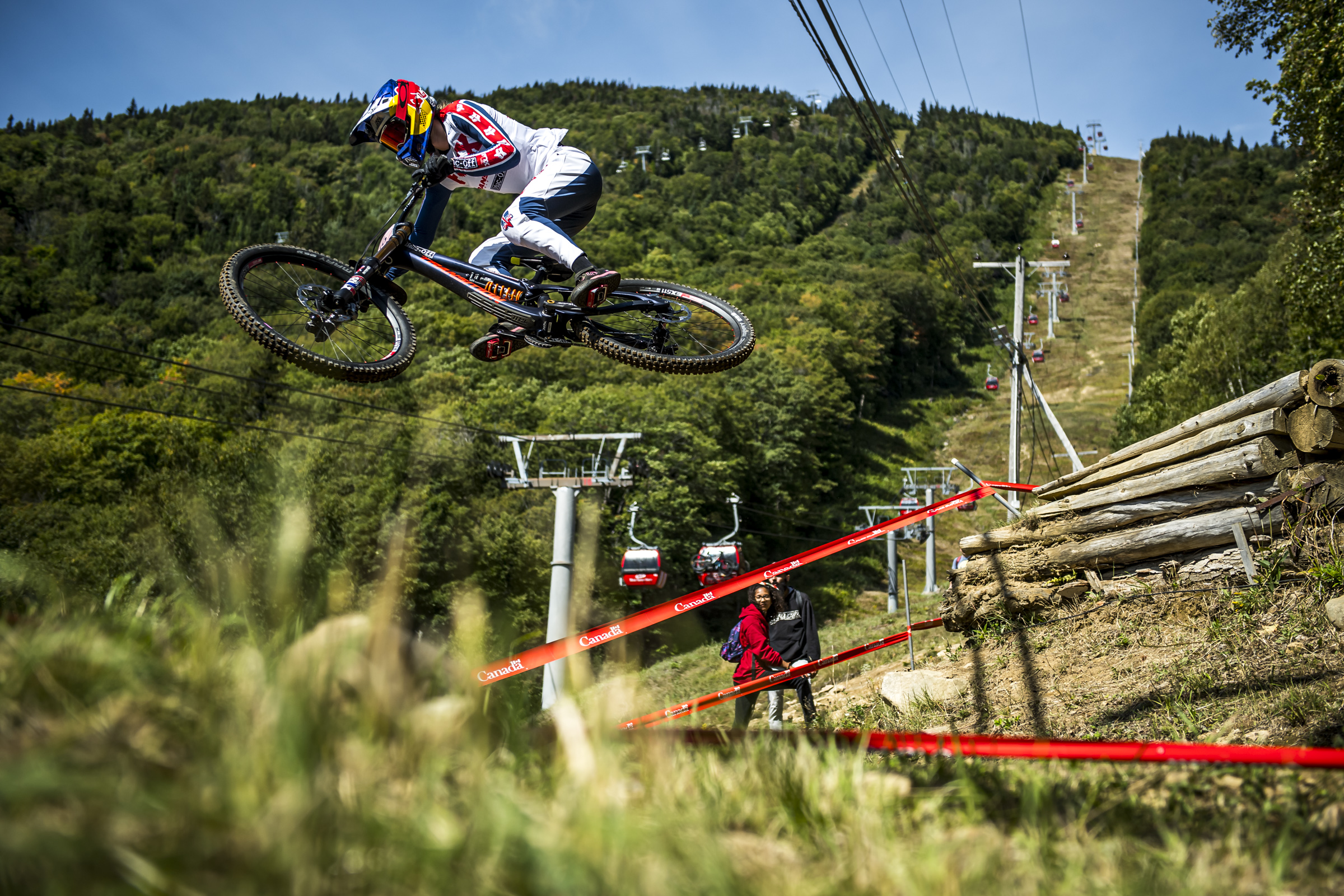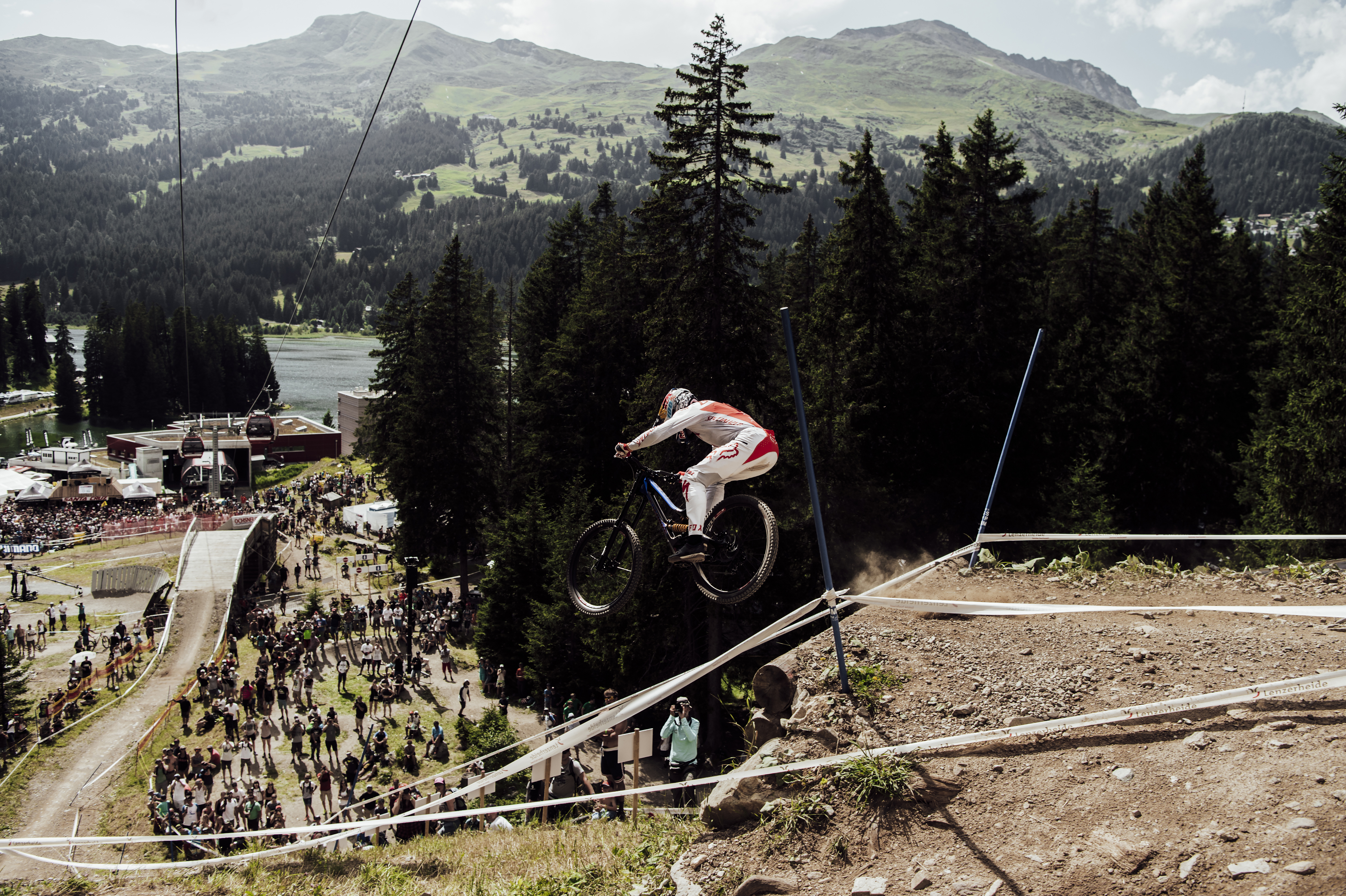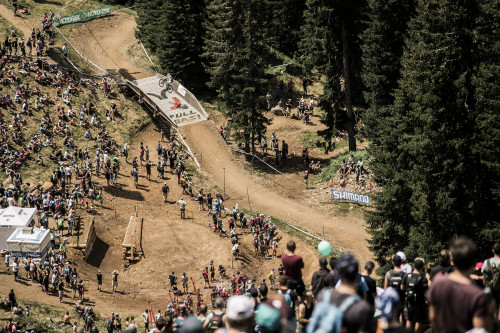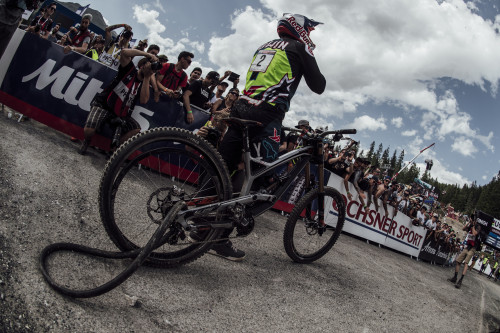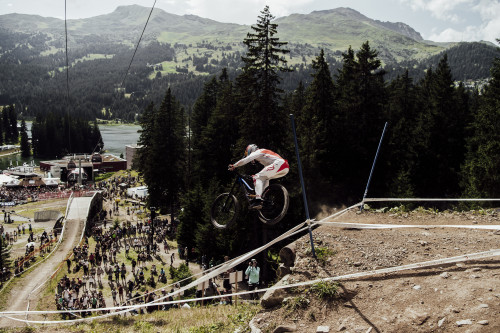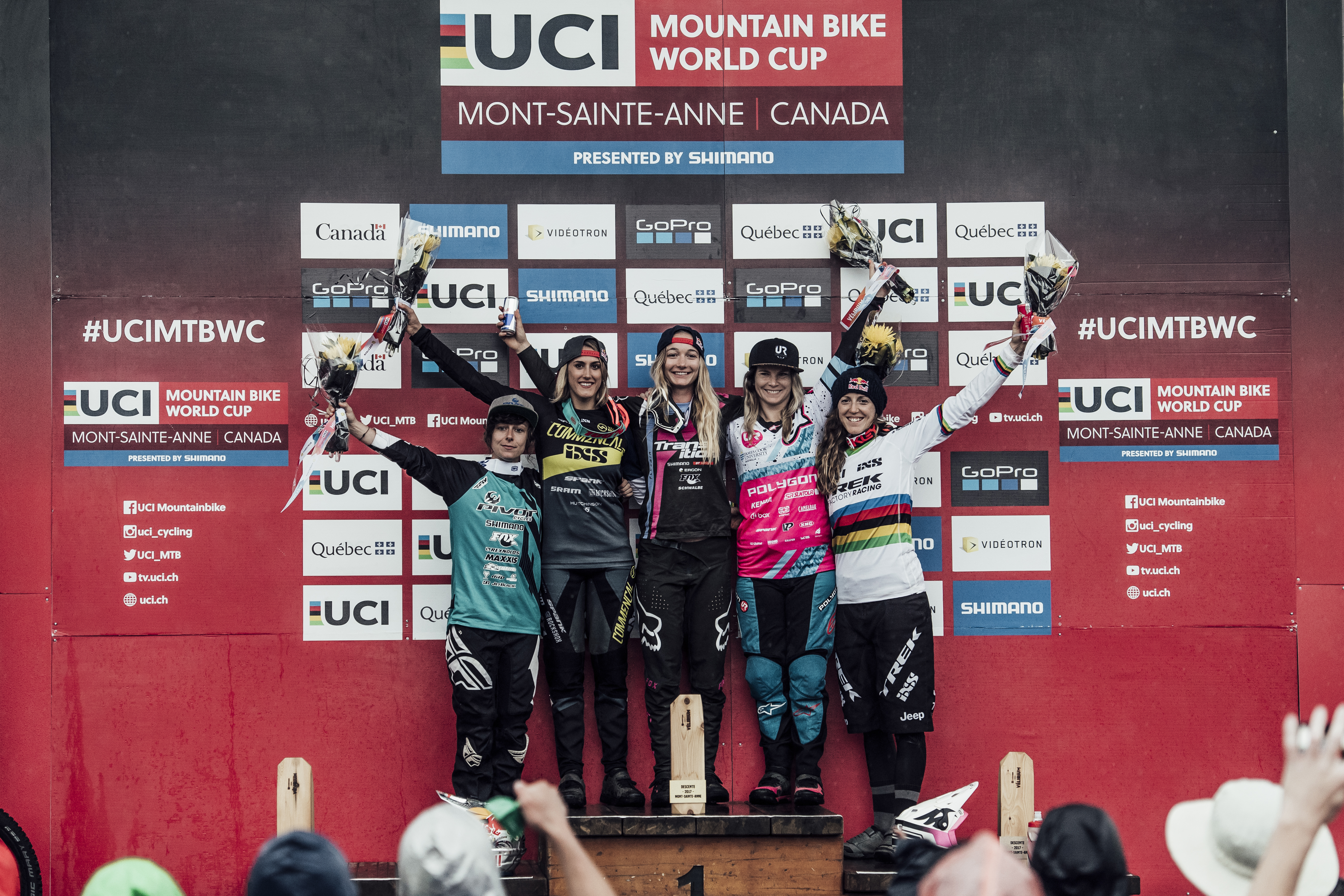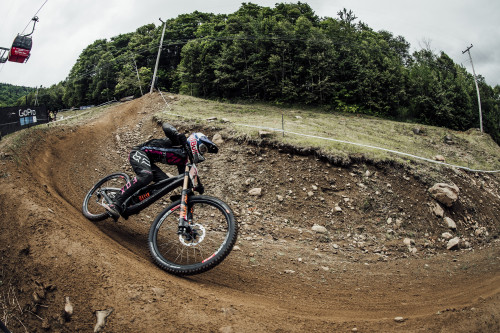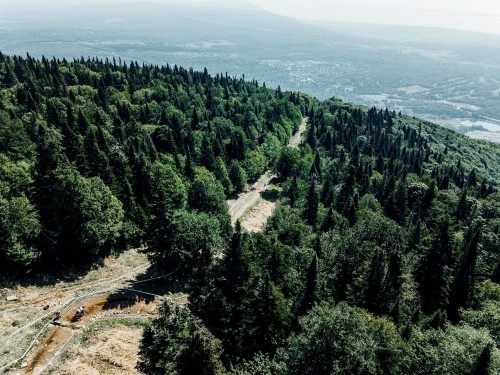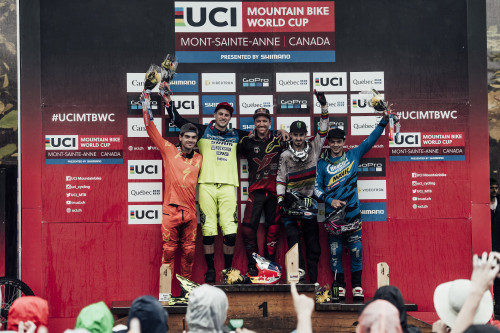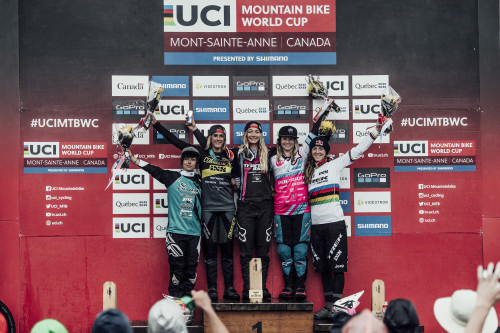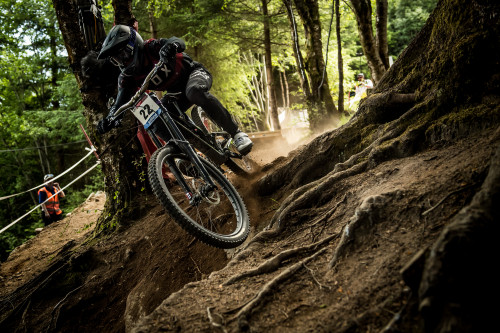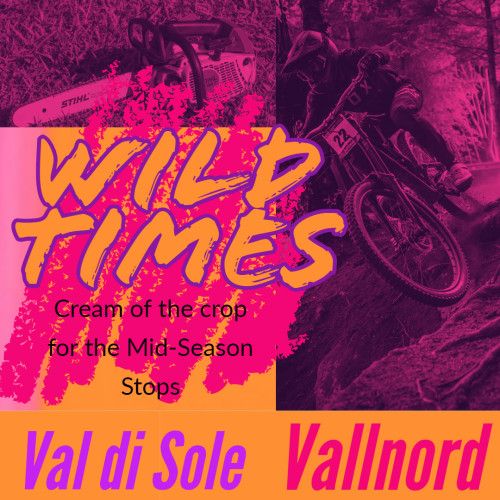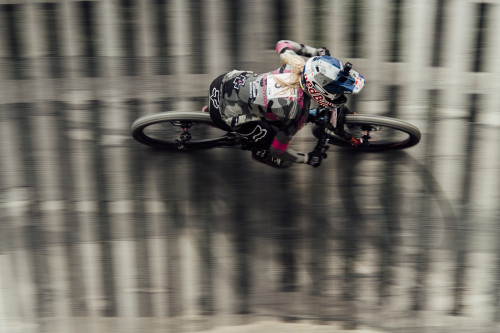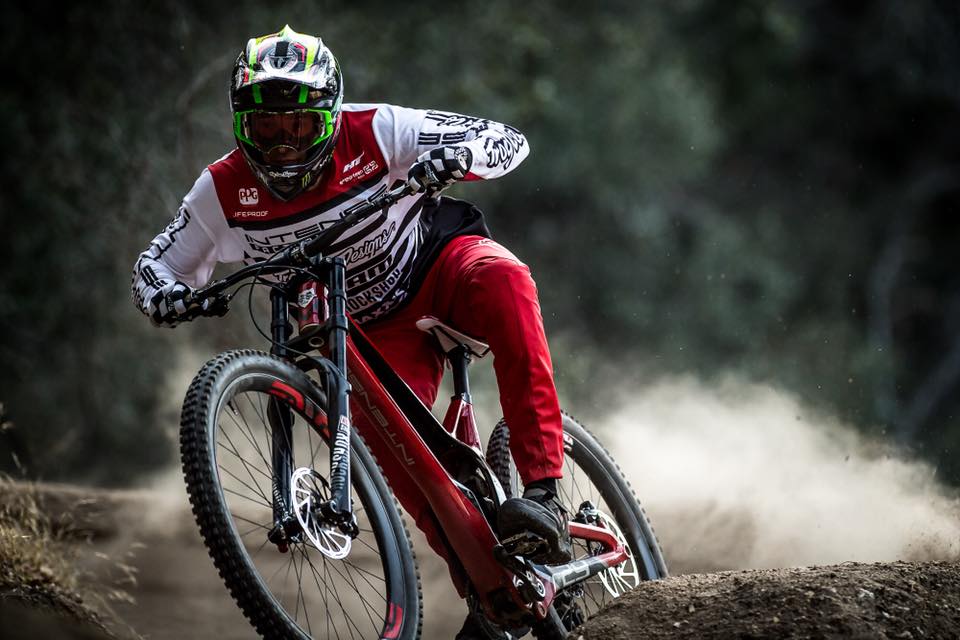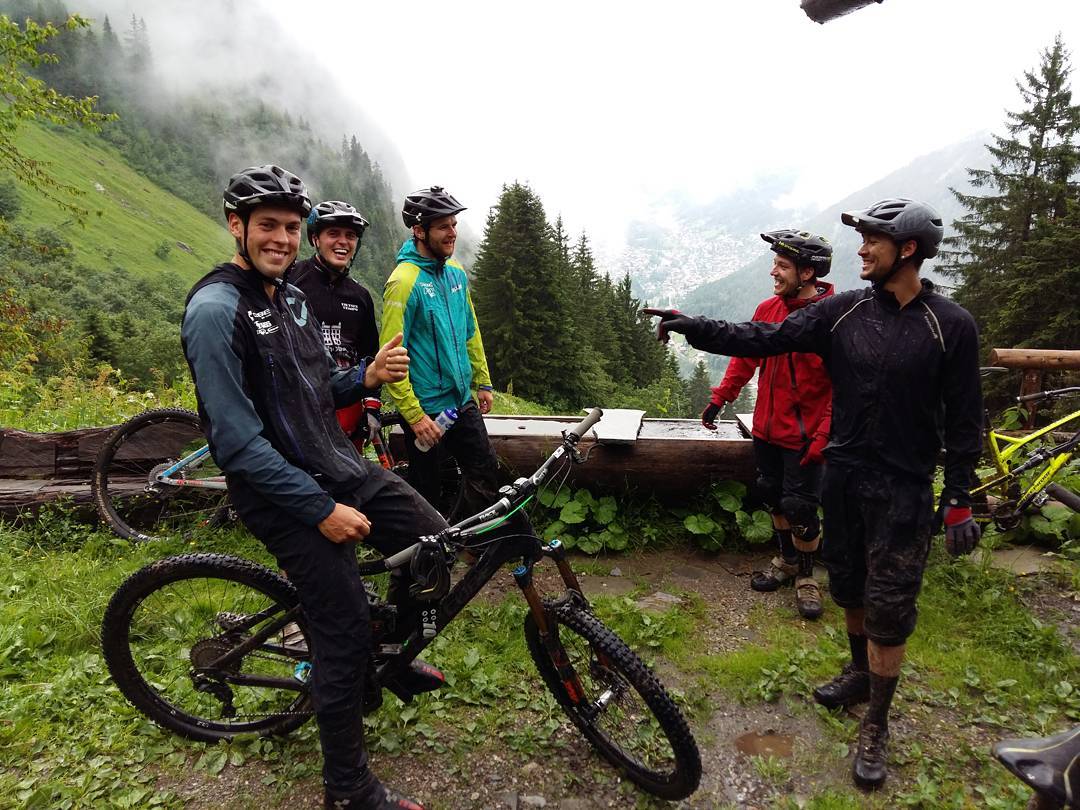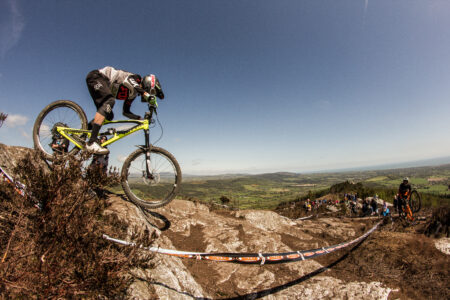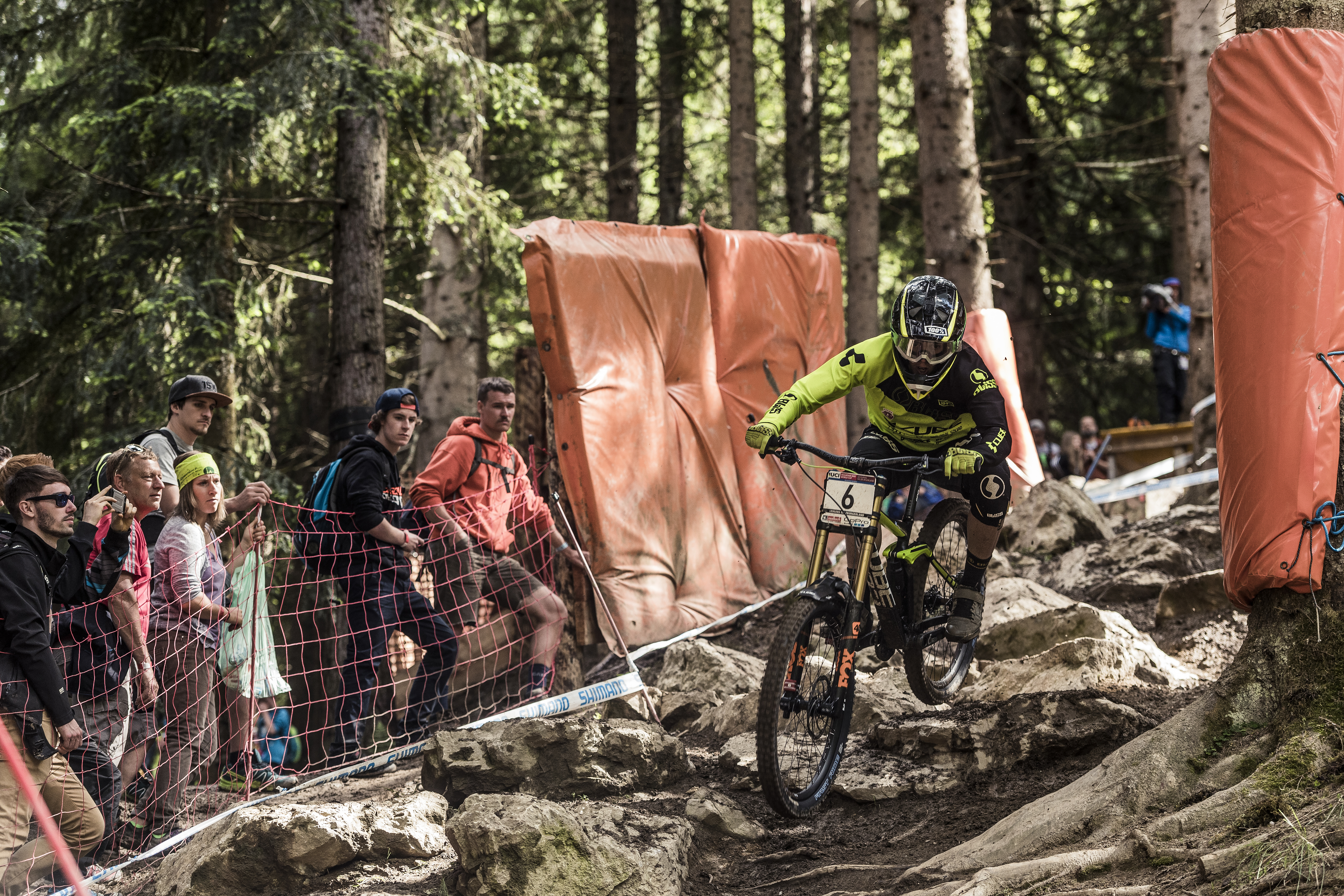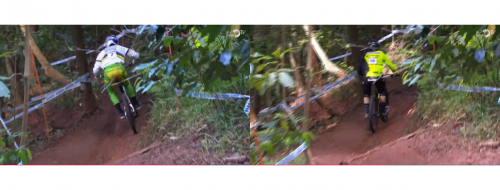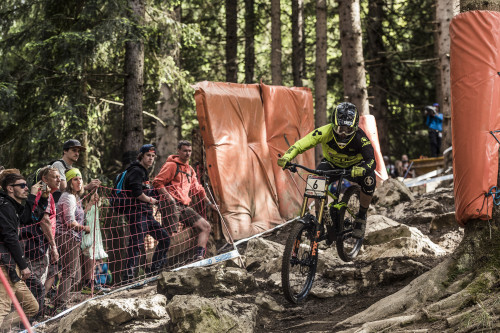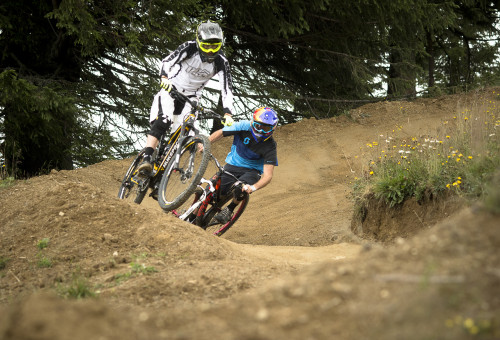This is not an exhaustive list, neither definitive nor exclusive, it’s simply a short list of habits I’ve seen in the best of the best over the last ten years. Hopefully you can take a little insight and inspiration from the list to make a better version of yourself this winter and in the years to come. Whether a racer or not you can certainly benefit from making habit of some of the below behaviours.
1. Solution Focused
Problems only exists because they have a solution, with-out a solution the best athletes discard problems and move onto the next task. They don’t worry about the overwhelming size or gravity of an issue, they just get to work planning a solution, step by step. A solution focused athlete often focuses day to day on the small processes that lead to resolution of the problem. Hence, “solution focused”. For e.g, if they have a huge crash in practice at a race, they don’t dwell on “why me”, they get to work on solutions; managing the acute injury, changing a line to solve the crashes cause, reducing tyre pressure or deciding to set a different focus or braking point in that section all the while not forgetting about all the other areas of performance that go into a race run.
2. 24 hr Commitment
They know top performance and getting the best from themselves is a twenty four hour commitment, that doesn’t mean not enjoying their life, that doesn’t mean avoiding a night out or a meal with friends. But it does mean knowing that nine hours sleep most nights, especially during heavy training is essential. It means that eating well 90% matters, it means knowing a nap in an afternoon may need to be planned in or resting after training with their legs up for an hour. It’s individual but it’s 24/7! Everything in moderation, especially moderation.
3. Healthily selfish
You have to look after number one before you can truly look after anyone else. Being outright selfish all the time is a fast track to sporting failure (unless there is massive money involved for all, then it’s a fast track to sadness and depression), but a healthy level of kn owing when you need “you” time, when a training session needs to be planned into a day so it’s a genuine priority for two hours. Healthy selfishness is essential but only works with good planning and a good dose of selflessness!
4. Understand causality
They know when to lay blame at their own door or the door of others, but they don’t do superstitions or confuse correlation with causality. This is often where the pragmatic and experienced coach can help. But understanding that just because you crash often on Friday’s doesn’t mean it’s Friday’s fault, it doesn’t mean no riding on Friday’s. It means you have to look deeper and more intelligently. You crash often on Friday’s because of drinking heavy on Thirsty Thursday’s! The issue is alcohol and reduced sleep. Not Friday!
5. View themselves as unfinished
Consistently committed to working on themselves, when you see yourself as unfinished you focus on continued improvement. Marginal changes for long term progress.
6. Know the difference between stretching and breaking their limits
Working on a new trick, a PB on the back squat or a extra training hours. The best athletes, don’t just throw caution to wind and “send it”. That’s a common misconception, especially when talking about “extreme sports” athletes. They instead work away at stretching limits to just below breaking point, elastic expansion with an occasional limit getting smashed when the formula feels just right!
7. Live life knowing talent is a word only
Talent is what you work for first and foremost, you can’t change how long your legs are or how tall you are, but you can change many other things. Get to work, you have two arms and two legs….. just like everyone else!
8. They operate an on, off and dimmer switch
On is wide awake, totally immersed, focused and blinded by the total attention and intention devoted to the task at hand. Off is flat out dead on the couch, regardless of the stress, strains or worries of life, business or sport, when the switch is off the lights are off and no one is home.
The dimmer is the right blend of the above, it’s essential to function long-term as an athlete. The ON switch is so energy consuming when done right that it must be met regularly with the off. But life, sport and business demands just a little more than OFF, enter the dimmer. Learn to use all three as and when needed, no prisoners. 3 switches and one dose of healthy selfishness.
9. They have endless empathy for others
Empathy for the life and times of others is essential to building and maintaining relationships, it also allows an athlete to keep their own ego in check. A healthy ego and good relationship skills are essential to sporting and life performance, they are arguable essential for health and health is essential for performance.
10. They work for what they need not want
They may want a Porsche, but in time it may come. First work on building a powerful and healthy body that allows you to win races and get injured much less. Work on articulating good sentences in front of the media before trying to garner more attention or spot-light. Work for what you need to succeed first, not what proves you are successful. Substance before show, function makes form.

